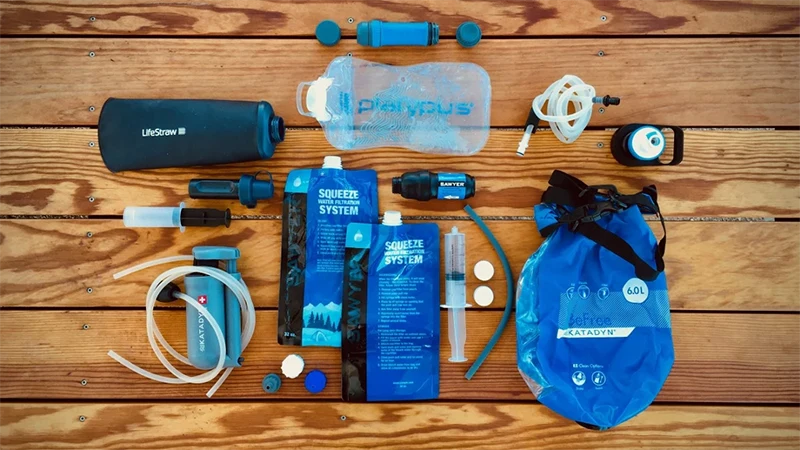

Everything I Carried on the Appalachian Trail in 2022
The Compilation of Gear for my 2022 Appalachian Trail Thru-Hike
This layout isn’t perfect for everyone, but it worked really well for me. I have my initial gear list posted on my profile if you’d like to see how everything changed over the 2,200 miles.
Let’s start with the big stuff:
Shelter
Zpacks Plex Solo
4/5 stars
14 oz -$600
Notes: I loved this tent! The DCF material was sturdy and it only got one small hole (repairable with the tape included in the tent). My only complaint was the splashback that occurred under the vestibule and into the cabin. The tarp doesn’t quite touch the ground so if it rains hard, expect some drops on you!
Sleep System
Quilt:
Enlightened Equipment Revelation 10-degree quilt
5/5 stars
24.10 oz -$335
Notes: WARM. Probably overkill in the summer but when it started getting cold in Maine, the “Brrrrr’s” were eliminated in this guy. If you have the budget, I would suggest a summer/winter bag or quilt option for your excursion!
From the Squad
Campfire conversations with our community, from Squad Members and Ambassadors to Brand Partners and the Sawyer team.

















